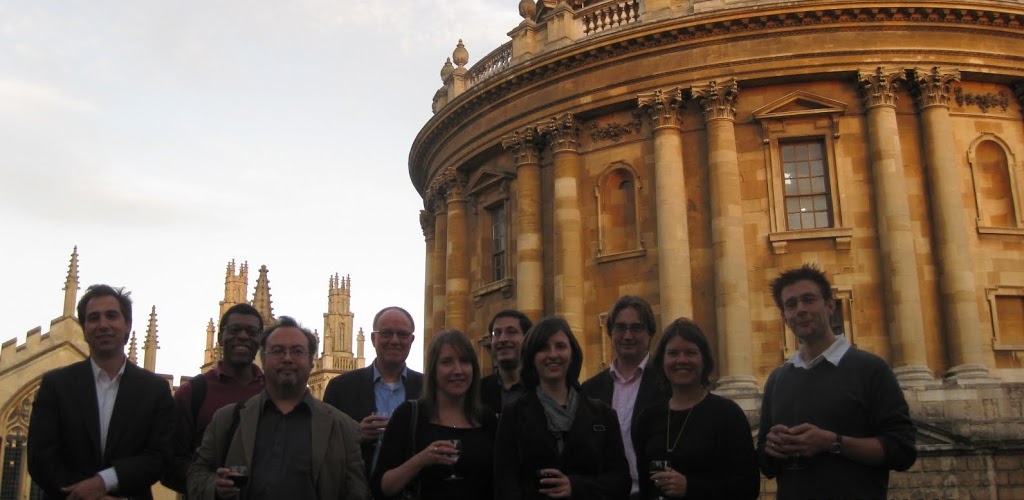Our second advisory board meeting took place on Friday. Thanks to everyone who came along and contributed to what was a very useful meeting. For those of you who weren’t there here is a summary of the meeting and our discussions.
The first half of the afternoon took the form of an overview of different aspects of the project.
Overview of futureArch’s progress
Susan Thomas gave us a reminder of the project’s aims and objectives and the progress being made to meet them. After an overview of the percentage of digital accessions coming into the library since 2004 and the remaining storage space we currently have, we discussed the challenge of predicting the size of future digital accessions and collecting digital material. We also discussed what we think researcher demand for born-digital material is now and will be in the future.
Born Digital Archives Case Studies
Bill Stingone presented a useful case study about what the New York Public Library has learnt from the process of making born-digital materials from the Straphangers Campaign records available to researchers.
After this Dave Thompson spoke about some of the technicalities of making all content in the Wellcome Library (born-digital, analogue and digitised) available through the Wellcome Digital Library. Since the project is so wide reaching a number of questions followed about the practicalities involved.
Web archiving update
Next we returned to the futureArch project and Susan gave an overview of the scoping, research and decisions that have been made regarding the web archiving pilot since the last meeting. I then gave an insight into how the process of web archiving will be managed using a tracking database. Some very helpful discussions followed about the practicalities of obtaining permission for archiving websites and the legal risks involved.
After breaking for a well earned coffee we reconvened to look at systems.
Systems for Curators
Susan explained how the current data capture process works for digital collections at the Bodleian including an overview of the required metadata which we enter manually at the moment. Renhart moved on to talk about our intention to use a web-based capture workbench in the future and to give us a demo of the RAP workbench. Susan also showed us how FTK is used for appraisal, arrangement and description of collections and the directions we would like to take in the future.
Researcher Interface
To conclude the systems part of the afternoon, Pete spoke about how the BEAM researcher interface has developed since the last advisory board meeting, the experience of the first stage of testing the interface and the feedback gained so far. He then encouraged everyone to get up and have a go at using the interface for themselves and to comment on it.
Training the next generation of archivists?
With the end of the meeting fast approaching, Caroline Brown from the University of Dundee gave our final talk. She addressed the extent to which different archives courses in the UK cover digital curation and the challenges faced by course providers aiming to include this kind of content in their modules.
With the final talk over we moved onto some concluding discussions around the various skills that digital archivists need. Those of us who were able to stay continued our discussions over dinner.
-Emma Hancox

